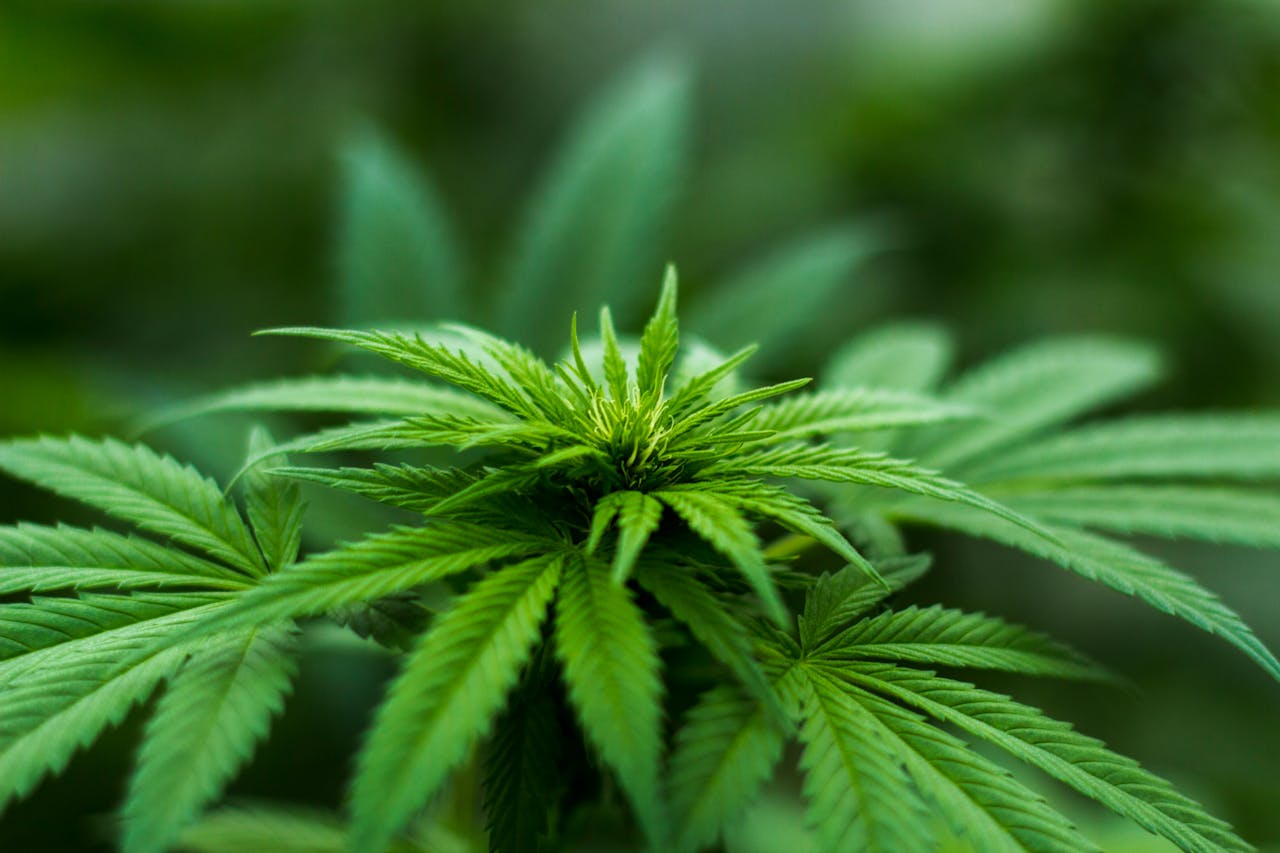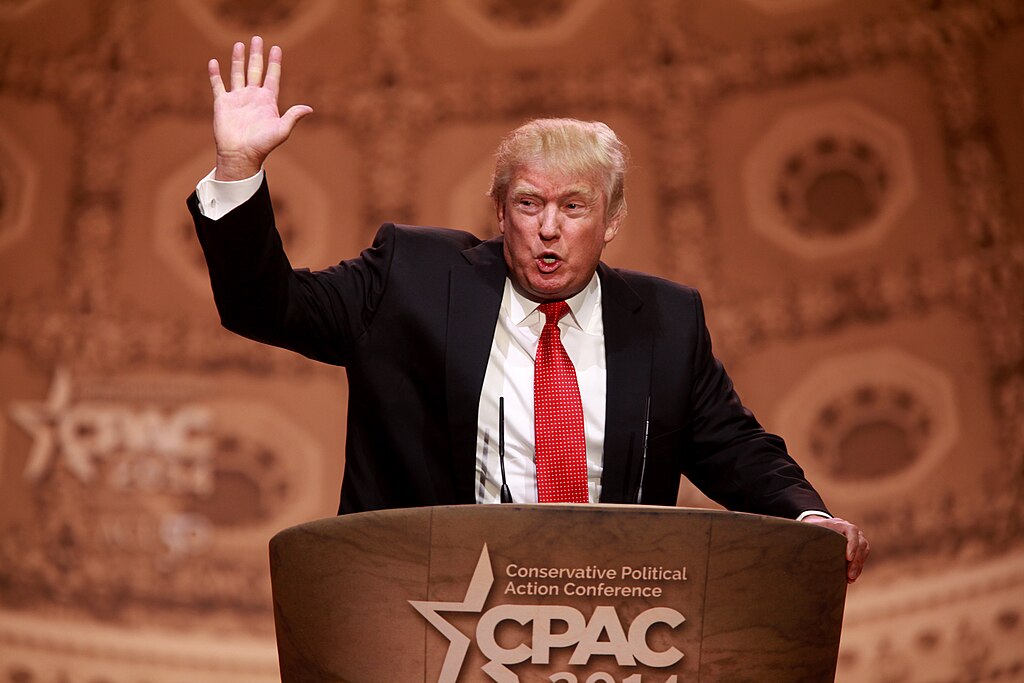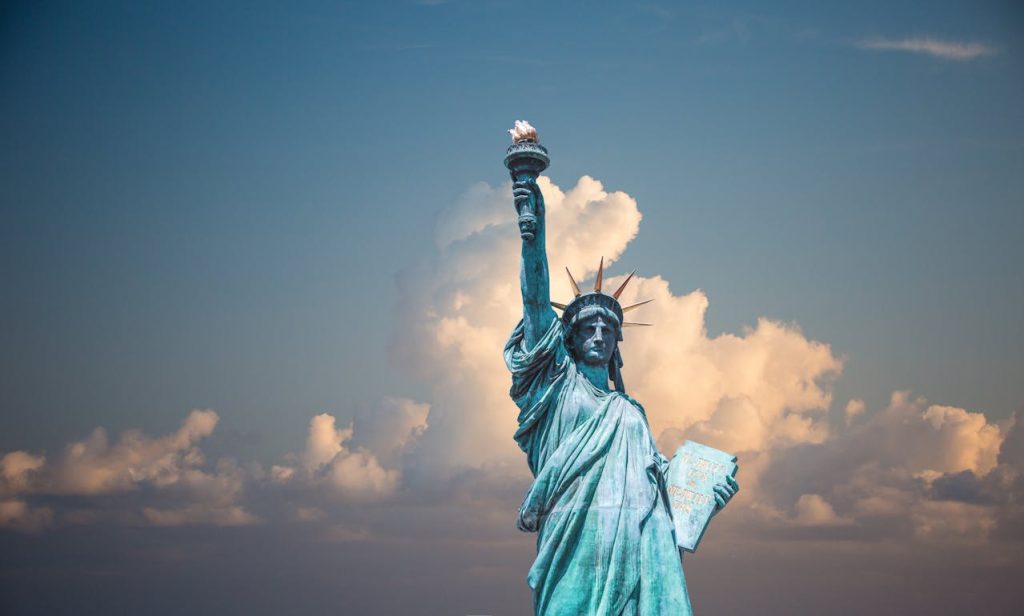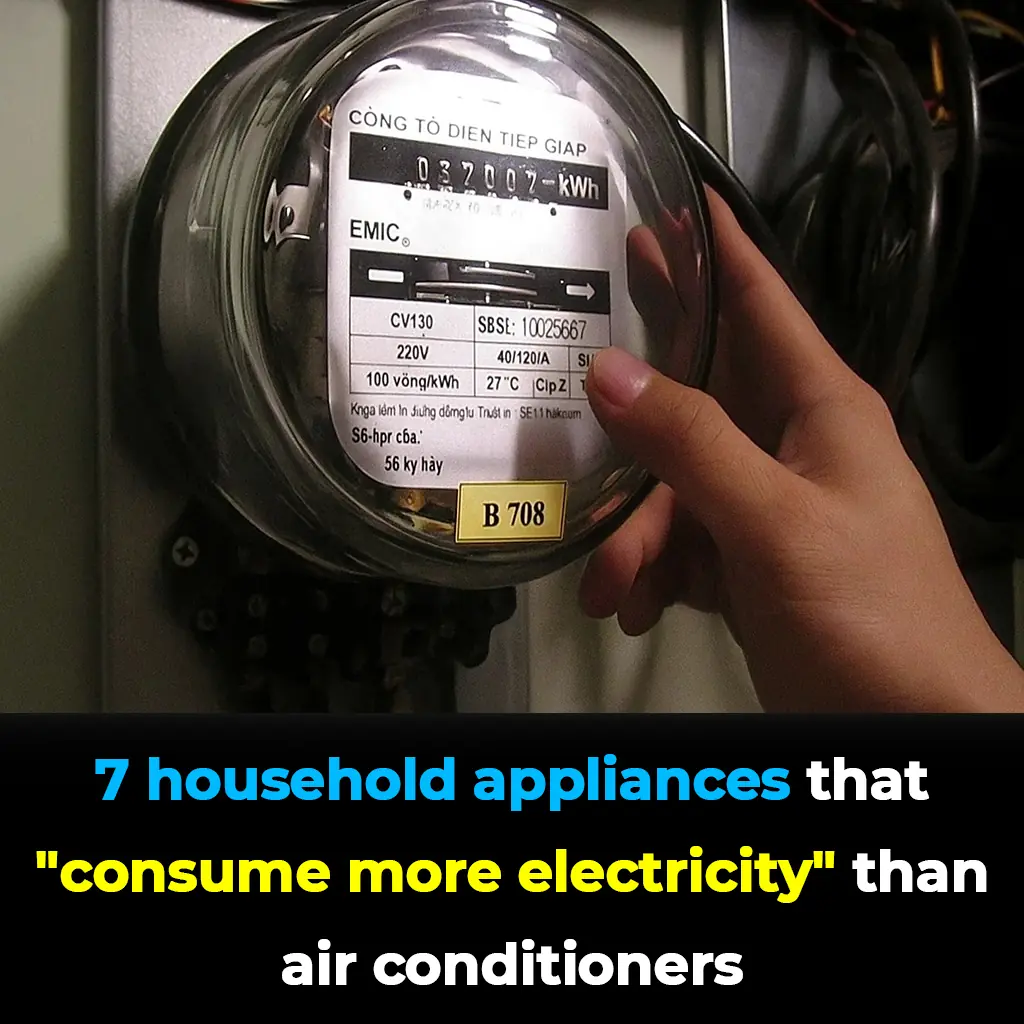
Everywhere Cannabis Could Be Legalised in US as Trump Considers Major Law Change

America’s Shifting Cannabis Debate: From Prohibition to Pragmatism
For decades, cannabis has lived in an uneasy limbo within American law and culture. Officially, it still sits beside heroin on the federal government’s list of the most dangerous substances. Yet in practice, dispensaries line busy streets from Los Angeles to New York, and cannabis has become a multibillion-dollar industry. This contradiction—between Washington’s statutes and the states’ realities—may be on the verge of narrowing. Former President Donald Trump has publicly signaled that he is considering reclassifying cannabis under federal law, moving it into a less restrictive category.
Such a change would not amount to nationwide legalization, but the implications are far-reaching. Rescheduling could ease barriers to medical research, reshape how cannabis businesses operate, and influence ongoing debates about criminal justice reform. More broadly, it reflects how the conversation has evolved: from strict prohibition toward a more pragmatic view shaped by shifting public opinion, political calculations, and the lure of billions in potential tax revenue.
Whether this moment represents a genuine turning point or simply another detour in America’s long and complicated relationship with cannabis remains uncertain.
Trump’s Potential Cannabis Rescheduling: Where Things Stand
After weeks of speculation, Trump confirmed at an August 11 briefing that his administration is “looking at reclassifying marijuana as a less dangerous drug” and that a decision could come “within the next couple of weeks.” While no final decision has been made, the remark gave new life to an already active regulatory process. The Wall Street Journal reported that Trump is specifically considering moving marijuana to Schedule III under the Controlled Substances Act—a category with fewer restrictions than its current Schedule I designation.
To understand the significance, it helps to look at the rulebook. Schedule I drugs are defined as substances with “no currently accepted medical use” and a “high potential for abuse.” By contrast, Schedule III acknowledges accepted medical use and lower abuse potential. Moving cannabis into Schedule III would not legalize it, but it would mark a formal recognition of its medical applications and reduce federal obstacles to research.
The pathway for change is administrative, not legislative. In May 2024, the Drug Enforcement Administration (DEA) published a Notice of Proposed Rulemaking to move cannabis to Schedule III. That process triggered a period for public comment, potential hearings, and eventual agency review. Alongside this, the Department of Health and Human Services (HHS) released a scientific review recommending rescheduling, while the Justice Department’s Office of Legal Counsel issued an opinion clarifying how “currently accepted medical use” could be legally defined. Together, these documents form the backbone of the current debate.
If the DEA finalizes the change, practical consequences would follow. Clinical research into cannabis-based therapies would become easier. The Internal Revenue Service’s Section 280E, which prevents cannabis companies from deducting normal business expenses, would no longer apply—giving licensed businesses new breathing room. However, banking access would remain tightly restricted under existing federal anti-money-laundering rules unless Congress acts, meaning many cannabis companies would still operate largely in cash.
The Patchwork of State Laws
Across the map, cannabis reform has taken root in strikingly uneven ways. Twenty-four states, plus the District of Columbia, now allow recreational cannabis use for adults over 21. These range from early adopters like Colorado and Washington to more recent arrivals such as Minnesota, Maryland, and Ohio. Each state’s system comes with its own nuances:
-
Virginia permits possession and home growing but has stalled on retail sales after repeated vetoes.
-
Washington, D.C. allows possession but is barred from establishing a regulated market by congressional oversight.
-
Delaware launched its first legal sales in August 2025, a milestone that brought new tax revenue and regulatory oversight through its Office of the Marijuana Commissioner.
Beyond recreational use, 16 additional states now operate medical-only programs. Nebraska, once a firm holdout, approved medical cannabis by ballot in 2024 and has begun building its regulatory system. Together, these adult-use and medical states mean that 40 states plus D.C. now provide comprehensive access to cannabis.
A handful of states—Georgia, Indiana, Iowa, North Carolina, South Carolina, Tennessee, Wisconsin, and Wyoming—only permit CBD or low-THC products for narrowly defined medical conditions. Kansas sits in a gray zone, recognizing a legal defense for CBD possession but refusing to regulate sales. Only Idaho remains a true outlier with no medical or recreational program at all.
The patchwork nature of this map underscores a broader reality: while momentum for reform is undeniable, the pace and scope of change remain fragmented.
What Could Drive Policy Next

Three key forces are shaping the future of cannabis policy:
-
Public Opinion – National polling shows nearly 90% of Americans support legalizing marijuana in some form, with strong majorities favoring both medical and recreational use. This bipartisan consensus has become one of the rare constants in modern U.S. politics.
-
Economic Incentives – Rescheduling would immediately remove the IRS’s 280E restrictions, potentially saving cannabis businesses billions and legitimizing more of the industry. Financial institutions are lobbying for broader reform, while state governments eye expanding tax bases.
-
Legal Pressure – Courts are increasingly scrutinizing state-level cannabis regulations, especially provisions that favor in-state residents or businesses. The Second Circuit’s Variscite decision in August 2025 struck down residency preferences under the Dormant Commerce Clause, forcing states to rethink social-equity programs that give local operators advantages. These rulings could complicate how states design their markets moving forward.
Still, obstacles remain. Rescheduling would not create a national retail market, nor would it resolve differences in state rules on potency, labeling, and youth access. Federal legalization or comprehensive regulation would still require Congress to act—a step that, despite public support, remains politically fraught.
A Map Still Being Redrawn
Cannabis policy in the United States is no longer a single story. It is a complex narrative shaped simultaneously in Congress, in federal agencies, in state legislatures, and increasingly, in the courts. If rescheduling moves forward, it will not flip a switch to nationwide legalization, but it will signal a decisive shift: recognition of cannabis as a substance with legitimate medical uses and a subject worthy of rigorous scientific inquiry.
For businesses, researchers, and policymakers, this represents both opportunity and uncertainty. The rules that matter most remain local, yet the gap between state-level legalization and federal prohibition could begin to close. That narrowing space may change how investors view the industry, how universities approach research, and how journalists and storytellers frame the conversation.
Ultimately, America’s cannabis future will likely unfold incrementally rather than through a single sweeping reform. But incremental does not mean insignificant. Each step—from rescheduling to tax reform to banking access—reshapes the landscape. The map is being redrawn, not just state by state, but at the intersection of law, economics, and culture.
And in that redraw, one thing is certain: cannabis is no longer on the margins of American debate. It is firmly at the center, a test case for how a nation reconciles prohibition-era laws with 21st-century realities.
News in the same category


A Man Held His Breath Underwater for 29 Minutes, Shattering the World Record and Even Surpassing Most Marine Mammals

Should You Peel Ginger Before Eating? The Shocking Truth Everyone Needs to Know
he peel is not harmful; in fact, it carries unique benefits. By using ginger correctly and storing it properly, you can unlock its full potential for boosting immunity, improving circulation, and keeping your

Meteorite That Recently Fell in Somalia Turns Out to Contain Two Minerals Never Before Seen on Earth

A Touch of Viking Brilliance: Moss-Carpeted Homes in Norway

What Millions of Years Look Like in One Photo (Well, Not Exactly)

NASA Has Just Released 2,540 Gorgeous New Photos of Mars

Friendship Between Wolf And Bear Documented By A Photographer

3,000-Year-Old World’s Oldest Olive Tree on the Island of Crete Still Produces Olives Today

Security feature you should make sure is always enabled on your Android smartphone

Guy Mocked for Dating 252-lb Woman

Homeowner Resumes Backyard Treasure Hunt

7 Household Appliances That Drain More Power Than Your Air Conditioner—And Why I Regret Owning Them All
From constant-use devices like refrigerators to high-powered kitchen tools, every household has hidden electricity traps.

Another US doctors’ group breaks with federal policy, recommends COVID-19 vaccines for all adults

Donald Trump Says There Could Be People in Epstein Files Who ‘Don’t Deserve to Be’ There in Shocking Statement

Think Bottled Water Is Safer Think Again

5 Early Warning Signs of Cervical Cancer That 90% of Women Overlook
Cervical cancer is not a silent killer—it sends out warnings. The challenge is whether women notice and act on them in time.

8 Shocking Toilet Clues That Could Signal Cancer: Don’t Ignore These Early Warnings
Many people dismiss subtle changes in bathroom habits as minor or temporary issues. However, certain unusual signs when you go to the toilet could be early red flags of serious health problems. Recognizing them in time can make the difference between earl

Study Reveals How Earth’s Orbit Triggers Ice Ages, And There’s One in The Next 11,000 Years
News Post

Unexplained Bruising on Your Body: Causes and Treatments

Tiny Brown Balls in Your Salad

3 ways to prevent snakes from crawling into the house, everyone needs to know to protect their family

Here are 3 simple ways to keep your home free of mice.

A Man Held His Breath Underwater for 29 Minutes, Shattering the World Record and Even Surpassing Most Marine Mammals

4 Types of Electric Kettles That Could Be Harming Your Health – Check Yours Before It’s Too Late
Electric kettles are found in nearly every modern home, making it quick and easy to boil water for tea, coffee, or instant meals. But shocking warnings from health experts reveal that some kettles may release dangerous substances into the water you drink

Turn Back the Clock: The Cheap Sour Starfruit & Potato Remedy That Restores Black Hair Naturally
Struggling with premature gray hair in your 20s or already noticing streaks of silver in your 30s and 40s? Don’t panic. While gray strands can feel like a dreaded sign of aging, nature offers surprising, inexpensive solutions that can help you regain yo

7 Resistance Band Ab Moves That Torch Belly Fat and Build Core Power
This variation transforms a simple bridge into a powerhouse move, strengthening not only your glutes but also your deep core muscles, lower back, and hip stabilizers.

8 Superfoods That Naturally Lower Cholesterol and Protect Your Heart
It’s about making gradual, sustainable swaps—cutting back on processed foods, replacing saturated fats with healthier ones, and prioritizing fiber-rich, nutrient-dense ingredients.

Flaxseed Gel: The Natural “Botox in a Jar” That Smooths Wrinkles and Restores Youthful Glow
With flaxseed gel, you’re not just applying moisture—you’re giving your skin the building blocks it needs to repair, renew, and glow from within.

Toothpaste and Lime for Hair Removal: The Surprising DIY Remedy That Could Replace Laser Treatments
With just two simple household ingredients, you can try a gentle, budget-friendly, and surprisingly effective solution at home.

Cabbage Leaves Wrapped Around Your Legs: A Simple Remedy With Surprising Benefits
Packed with anti-inflammatory, detoxifying, and soothing properties, cabbage is more than just a kitchen staple — it’s a hidden healing ally.

10 Life Saving Tips for Lowering Stroke Risk & Early Signs of Stroke

Put a Bowl of Salt in the Fridge: The Genius Trick I Regret Not Knowing for 30 Years
A single bowl of salt might seem insignificant, but its impact on your fridge — and your household — is anything but small.

Proven Health Benefits of Eating Eggs Based on Evidence

Should You Peel Ginger Before Eating? The Shocking Truth Everyone Needs to Know
he peel is not harmful; in fact, it carries unique benefits. By using ginger correctly and storing it properly, you can unlock its full potential for boosting immunity, improving circulation, and keeping your

80% of Heart Attacks Can Be Prevented—Just Do These 5 Easy Things

3 Dangerous Mistakes People Make With Plastic Wrap—And How They Could Secretly Harm Your Health
Plastic wrap is undeniably convenient, but it must be used correctly. Missteps like reusing, heating, or buying low-quality products can gradually harm your body.

52-Year-Old Man Dies From Diabetes—Doctors Reveal 4 Common Breakfast Mistakes That Can Wreck Your Blood Sugar
He thought he was strong and healthy, but one morning at work, his body gave in without warning. By the time he reached the hospital, it was too late. His story serves as a chilling reminder that what you eat for breakfast could quietly determine your ris